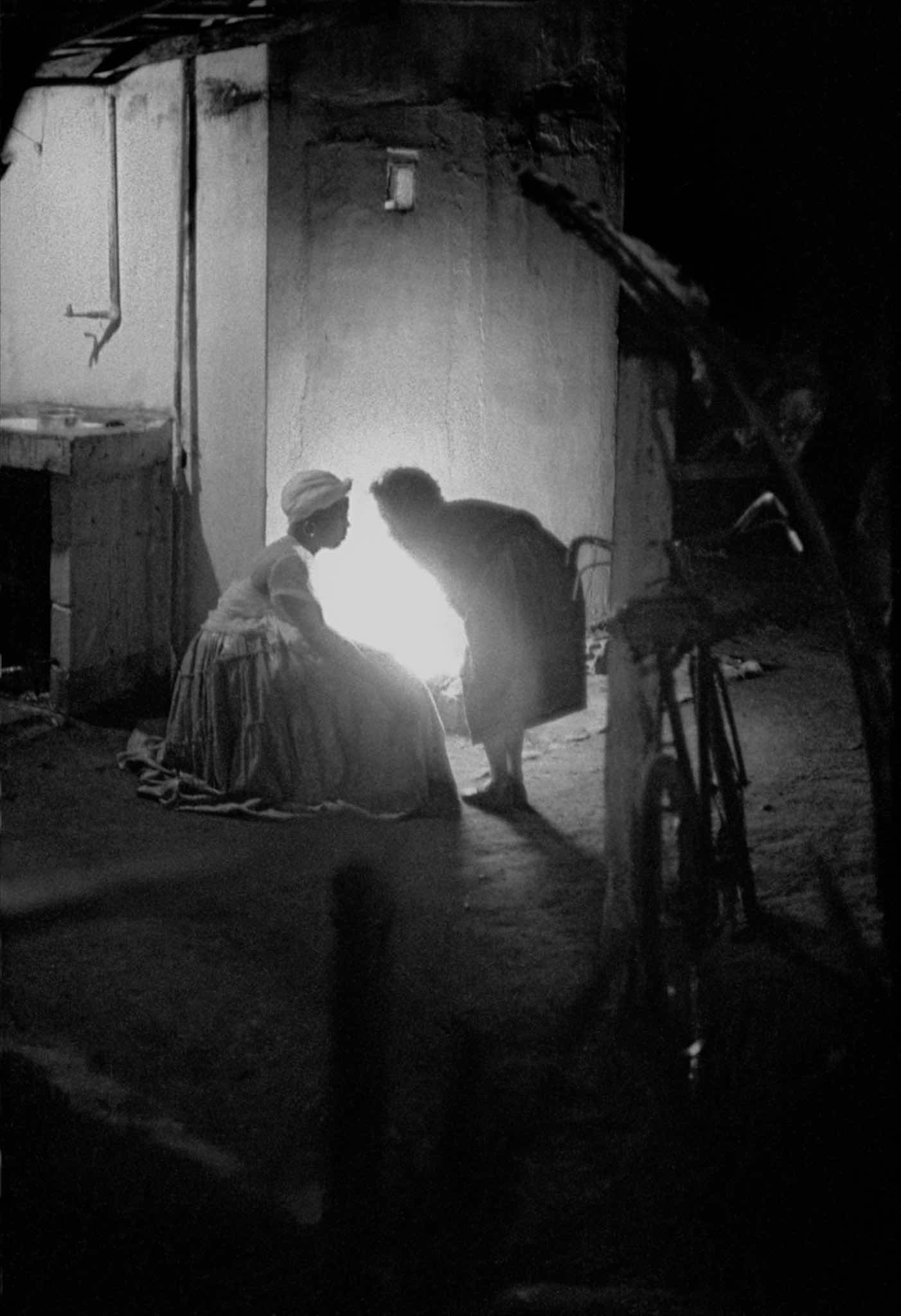HORVATLAND - THE '60s - PHOTOJOURNALISM - WORLD TRIP - RIO DE JANEIROGO TO HOME
1963, from Time machine
I knew that macumba was the true – if unofficial – religion of the majority of Africans and half-castes in Brazil. Whites participate more rarely, but still seek out the macumbeiros for their health or love problems. It is a mixture of animism and witchcraft, involving trance and blood sacrifices to African deities, but is also dedicated (in a kind of sop to the church) to Christian figures like Jesus, the Virgin Mary and the Saints. Some rituals are practised openly: from my bedroom window, I’ve often seen women digging small holes in the sand of the beach, to light candles in honour of Iara, Senhora das Aguas, who unites the attributes of an African Aphrodite to those of the Virgin Mary. However, the trances and sacrifices, which are tolerated by law but banned by the Church, take place in the poor neighbourhoods and in secret. Without the help of an insider, I wouldn’t have been able to witness them, and still less to take photos. Every morning, my friends from Castelinho promised to take me there – and every evening they let me down. One afternoon, when I had almost given up, I was favoured by a stroke of jeito. I happened to be with a female friend, in a taxi driven by an African. She was just asking him about it, when he spotted Nillo, a famous macumbeiro, in the car right ahead of us. After a racy pursuit, we managed to catch up and start a conversation. In the following evenings, from macumba to macumba and from jeito to jeito, I did the rounds of all the terreiros of Rio, accompanied by my friend acting as interpreter. The rituals take place at night. The terreiro might be a covered hall, a courtyard or simply an open space in a favela. Some specialise in black magic, which invokes evil spirits, to harm those to whom the client wishes ill. Others practise exclusively white magic, umbada, which calls on beneficent powers, for favourable interventions. In both cases, they are not meant to bring the faithful closer to a divine entity, as in the monotheistic religions, nor to attain a higher spiritual level, as in Oriental practices: their only purpose is to establish a link with occult powers, in order to obtain favours. To maintain the balance between male and female forces, the macumbeiro is assisted by a woman. The officiants – the equivalents of our mediums – stay within a circle marked in chalk on the ground. Supplicants stand outside it. The macumbeiro invokes the powers by presenting their symbols – such as fire, water, some rare stone or the blood of a sacrificed animal. To help induce trance, the mediums swallow a powerful brew and inhale from a gigantic cigar. Then they start whirling their bodies and their movement gets faster and faster. Trance is seen as a manifestation of the caboclo, temporarily incarnated in the medium, and finds expression in grimaces and uncontrolled agitation of the limbs, sometimes so violent that assistants have to surround the possessed and cushion their movements. As paroxysm approaches, the macumbeiro authorises the supplicant to invoke the power and express his wish. I was particularly struck by the mediums. They are generally female, sometimes young and pretty, and take part in these rituals two or three times a week, without any material or social incentive. For anyone watching their faces, their experience seems to be one of great suffering, quite apart from the rather unappetising preliminaries like the cheap alcohol, the nauseating smell of the cigar and the blood of the sacrificed animals, which is poured into their mouths. But they come out of trance less exhausted than one might imagine, smiling vaguely as if filled with an inner peace.


1963, Rio de Janeiro, Brazil, before a macumba session (g)

1963, Rio de Janeiro, Brazil, before a macumba session (g)
